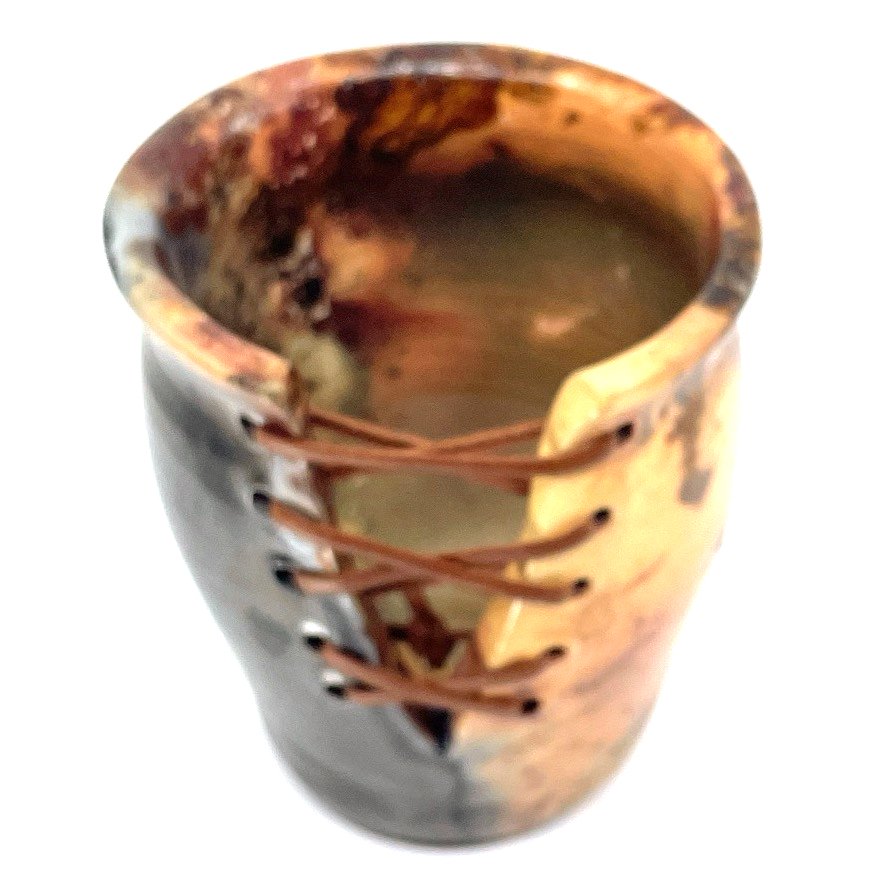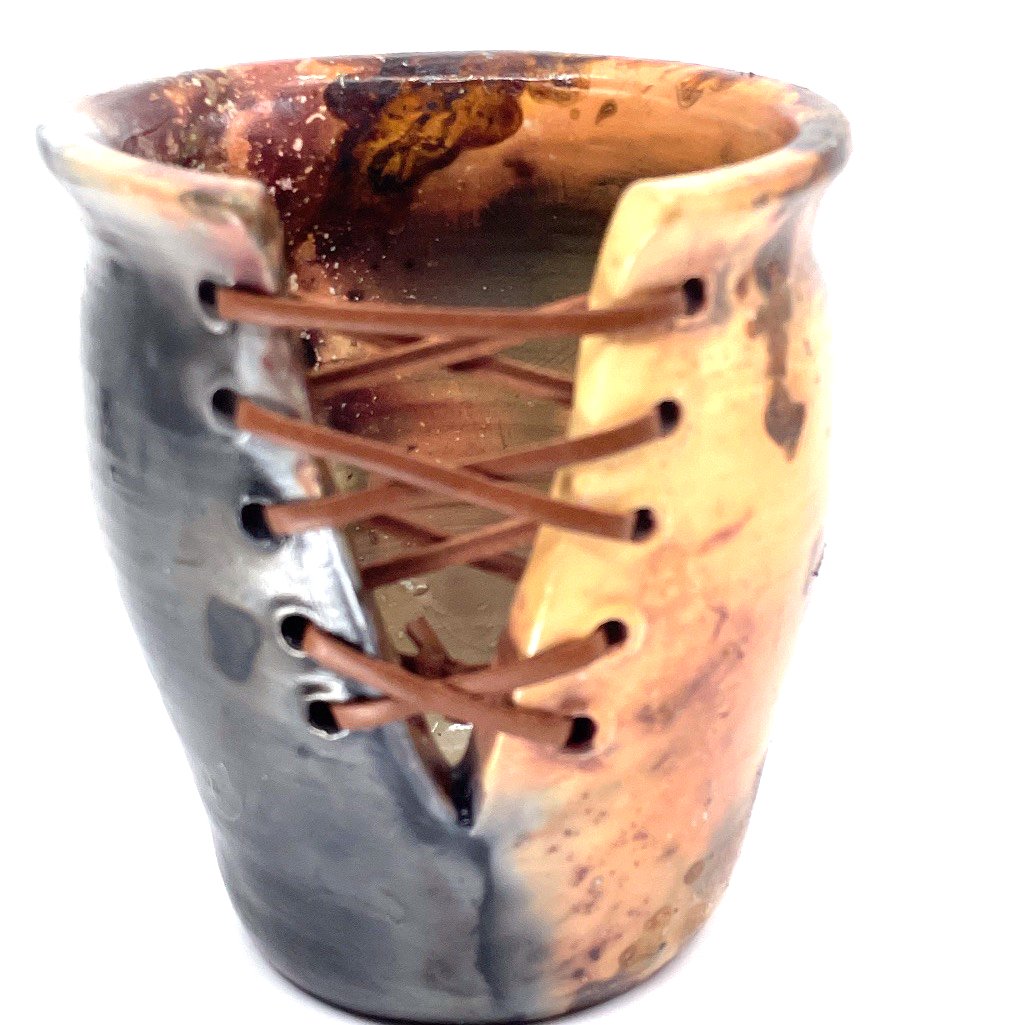 Image 1 of 5
Image 1 of 5

 Image 2 of 5
Image 2 of 5

 Image 3 of 5
Image 3 of 5

 Image 4 of 5
Image 4 of 5

 Image 5 of 5
Image 5 of 5






Coconino Vase
This eye-catching vase features a variety of hues which were created by the interaction of flames and organic material when it was buried in a pit for firing. Every piece fired in this way is individual and unpredictable, celebrating the present moment. A deep V, carved in the side of the pot, is laced with a leather cord to create a unique accent. The vase will not hold water but is perfect for dried or fabric flowers.
Top Diameter: 3-3/4"
Bottom Diameter: 2-1/2"
Height: 4-1/4"
Coconino National Forest in northern Arizona is one of the places where biologists study the effects of fire on wildlife. Fire is a disturbance of the landscape that changes habitat, sometimes in a good way and sometimes not. Some species benefit from wildfire—raptors hunt rodents running from the flames, woodpeckers nest in hollow trees and elk eat the newly exposed grass and vegetation. Other animals struggle to find food and habitat when trees succumb to fire. Resource managers work with firefighters to minimize the deleterious impact of both fire and its suppression on local ecosystems.
This eye-catching vase features a variety of hues which were created by the interaction of flames and organic material when it was buried in a pit for firing. Every piece fired in this way is individual and unpredictable, celebrating the present moment. A deep V, carved in the side of the pot, is laced with a leather cord to create a unique accent. The vase will not hold water but is perfect for dried or fabric flowers.
Top Diameter: 3-3/4"
Bottom Diameter: 2-1/2"
Height: 4-1/4"
Coconino National Forest in northern Arizona is one of the places where biologists study the effects of fire on wildlife. Fire is a disturbance of the landscape that changes habitat, sometimes in a good way and sometimes not. Some species benefit from wildfire—raptors hunt rodents running from the flames, woodpeckers nest in hollow trees and elk eat the newly exposed grass and vegetation. Other animals struggle to find food and habitat when trees succumb to fire. Resource managers work with firefighters to minimize the deleterious impact of both fire and its suppression on local ecosystems.
This eye-catching vase features a variety of hues which were created by the interaction of flames and organic material when it was buried in a pit for firing. Every piece fired in this way is individual and unpredictable, celebrating the present moment. A deep V, carved in the side of the pot, is laced with a leather cord to create a unique accent. The vase will not hold water but is perfect for dried or fabric flowers.
Top Diameter: 3-3/4"
Bottom Diameter: 2-1/2"
Height: 4-1/4"
Coconino National Forest in northern Arizona is one of the places where biologists study the effects of fire on wildlife. Fire is a disturbance of the landscape that changes habitat, sometimes in a good way and sometimes not. Some species benefit from wildfire—raptors hunt rodents running from the flames, woodpeckers nest in hollow trees and elk eat the newly exposed grass and vegetation. Other animals struggle to find food and habitat when trees succumb to fire. Resource managers work with firefighters to minimize the deleterious impact of both fire and its suppression on local ecosystems.
